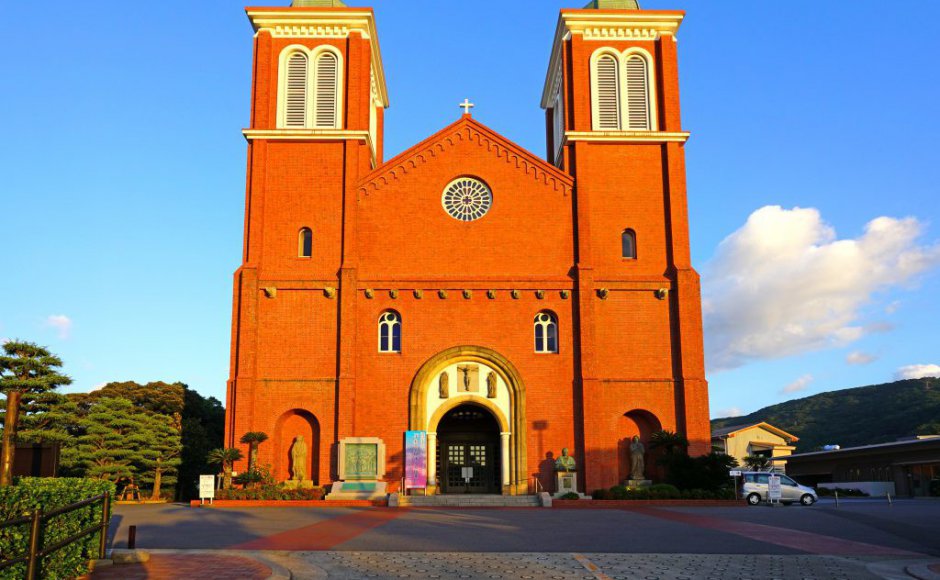The Japanese city with a Christian history
THE WORLD’s most beautiful treasures aren’t always in plain sight; we find them in most unsuspecting places sometimes, tucked away and hidden but shining with potential. Nagasaki city, in the Kumamoto Prefecture of Japan, is the perfect example of this.The treasures found on this island come in the form of century-old Christian churches, each one filled with colour, impressive architecture and steeped in a history of vulnerability.

Although Japan predominantly practices Shinto and Buddhism as its two main religions, Christianity was introduced nearly 450 years ago in 1959 by Francis Xavier. The Roman Catholic Missionary sailed to the island with three other Christian Jesuits and by the time they departed in 1551, over 2,000 of the island’s residents had reportedly been converted to Christianity.
Despite Christianity having to duck underground for 250 years when Emperor Ogimachi banned Catholicism and Christianity in 1565 as it supposedly threatened national unity, there still stands over 130 churches and related sites reflecting Japan’s strong Christian faith.The Nakamichi Church in Nagasaki City has been dedicated to those who were persecuted for their religion. Found close to JR Nagasaki Station, the church is also dedicated to the 16 martyrs of Nagasaki, including St. Lorenzo Ruiz, who become the first Filipino Saint. Fleeing persecution from the Philippines in the 16th century, he escaped to Japan only to find the Tokugawa Shogunate rulers to be persecuting Christians.
After the atomic bombs were dropped on Hiroshima and Nagasaki in 1945 to end World War II, much of Nagasaki was flattened and many of its population instantly wiped out. The site where the bombs hit has now been made into a peace park in the hopes of teaching people about the awful event, but also as a sign of resilience and growth.
Before the bombing, Japan’s oldest church – the Oura Cathedral – loomed large over the city, and was even declared a National Treasure site in 1933. Twelve years later, the bomb hit and the church was destroyed. The cathedral was finally restored some years later, and given the same designation as national treasure in 1953. Last year, the Holy See granted it status as a minor basilica.
Another church rebuilt after the atomic bomb hit is the Urakami Cathedral, which is known as the Cathedral of the Nagasaki Archdiocese. The bell tower from the original Urakami Church can still be seen on its original site.
Nagasaki is most commonly associated with the 1945 bombing, so it is only natural that it bears its historical scars through what is left of its beautiful buildings.It is a city full of incredible history and culture, spanning from the 15thcentury right up until the present day. Matters of political and religious interference have made it one of Japan’s most well-known places.
This article originally appeared on website Travel Wire Asia.
